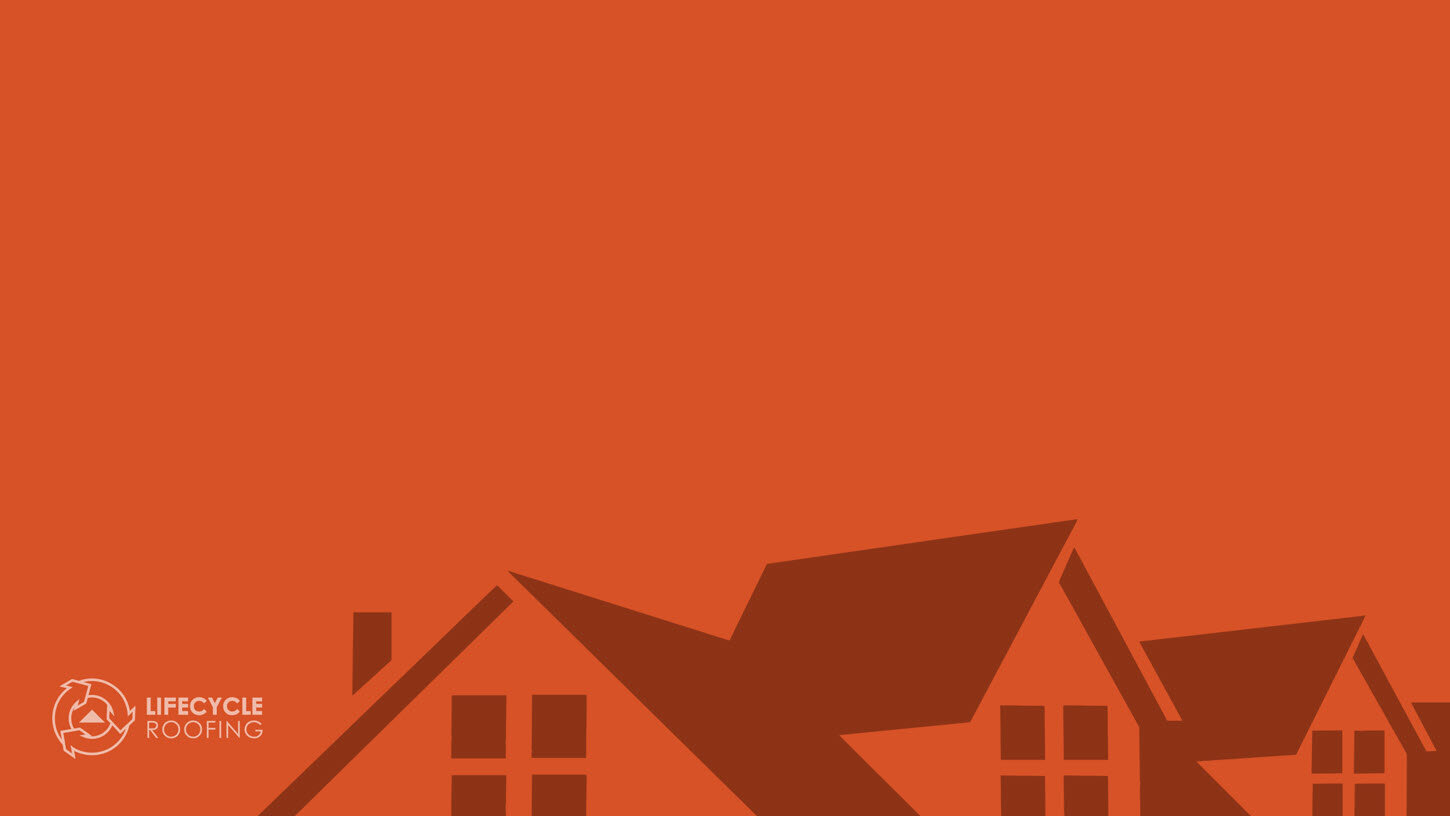
Roof Repair
Roof Repair in Victoria, BC
When dealing with a leaky or damaged roof, finding the exact cause of the problem is essential. A few common causes of roof damage are wear and tear, damaged or missing shingles, improper flat roof installation, blistered or cracked areas, and sub-standard roofing materials.
Roof damage or leak repair should be done immediately in order to prevent interior water damage and the need for a full roof replacement.
Metal Roof Repair
Corrosion
All types of metal roofs are subject to corrosion from exposure to a combination of water and water-borne pollutants. Protective coatings help to limit the exposure and damage. Any damage to the coating exposes the underlying metal to the elements and accelerates the corrosion process.
Failed Fasteners
Metal roof fasteners are subject to a range of forces that can reduce their effectiveness, including corrosion, wind-induced vibrations, and metal fatigue. If enough fasteners fail or even loosen, wind can lift the panels and separate them from the roof. Workers should replace any failed or damaged fastener.
Failed Seams
Seams on metal roofs can be flush with the roof’s surface, or they can be raised. Any separation of the seam can result in water penetration and increase the risk the wind will lift panels from the roof. Workers must repair all seam deficiencies in order to prevent further damage to the roof.
Loose Rooftop Exhaust
Rooftop exhaust are typically leaky. Seal curb-to-duct.
2 Ply Modified Bituman
Blisters
Blisters are a localized loss of adhesion of the roof membrane from the underlying roofing material. They are most often a result of moisture trapped beneath the roof surface. Small blisters usually can be left alone and monitored.
Fishmouth
A non-adhered area at the exposed lap edge of built-up roof membrane felts due to lack of adhesive or wrinkling of the felt. Failure to correct this problem can leak to moisture getting between the plies and weakening the system.
Ponding
An area of roof where water stands for more than 48 hours after precipitation due to poor drainage and/or deflection of the deck. Moisture on the roof surface can cause degradation of the waterproofing membrane.
Heavy ponding water is 5.7 pounds per 1” depth per square foot. Two-thousand square feet of 2” deep water weighs nearly 24,000 pounds of weight on the roof.
Ridging
A raised, typically linear upward distortion of the roof membrane out of the plane of the roof system. Ridging may be due to movement beneath the membrane, unevenness in the substrate other subsurface stresses on the membrane, or due to improper application of the plies. The upward distortion of the membrane places additional stresses on it thus reducing its long-term performance.









